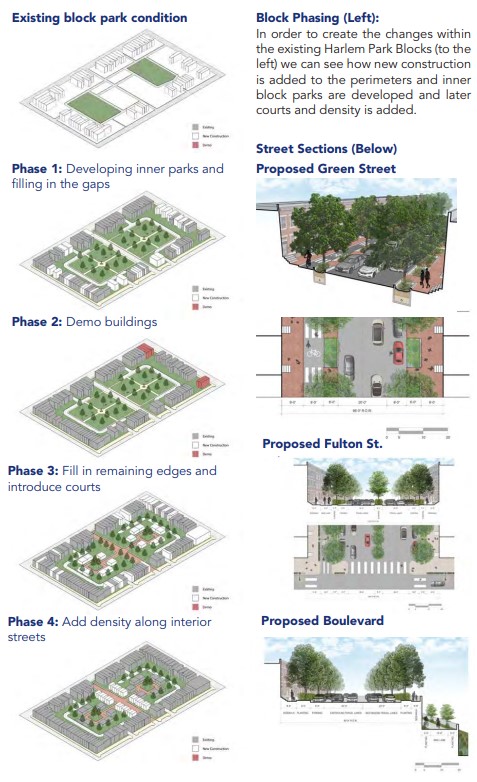Overview:
Throughout the course of history, cities have been able to prosper from equitable neighborhoods that offered, in the space of one block, social cohesion through good urban form, housing diversity and well-defined public space. The post WW II impact of modern architecture on the form of the city, combined with the repetition and simplification of free-market capitalism has made such complexity the exception rather than the rule in the building of city neighborhoods. Given the devastation wrought by urban renewal and other forces to American cities in that period, it is imperative to find formal strategies to rebuild our cities that benefit from the successful lessons of the past and make cities that are equitable and economically viable.
Join this session for an exploration of how to design a successful urban block using a diverse array of urban typologies of varying sizes to demonstrate how social equity can be supported through urban design. Primary case studies will be taken from Philadelphia with lessons learned in developing proposals for neighborhoods in Baltimore. This presentation will focus on the taxonomy of strategies available to the designer in building neighborhoods of lasting social value where people of diverse means and social standing can live side-by-side.
Learning Objectives:
- Describe how to use historic cities in the design of new places with a rich history of social interaction
- Identify patterns of urban housing typologies that can be successfully combined to form diverse and equitable urban blocks
- Correlate new urban housing patterns with appropriately sized adjacent streets and access areas
- Apply historic patterns and lessons in the reconstruction of cities that have been victims of disinvestment and poor urban and social policy
Presented by:
Matthew Bell, FAIA
Principal, Perkins Eastman
Professor, University of Maryland
Matthew Bell, FAIA is Professor at the University of Maryland and Principal at Perkins Eastman Architects. His work in DC includes master plans for McMillan and Brookland Manor, the new Cleveland Park Library, and the mixed-use Collection 14 on 14th St NW. Bell's professional work has received awards from the AIA, the Congress for the New Urbanism, the USGBC, and the Urban Land Institute, among others. He has degrees in architecture from the University of Notre Dame and Cornell University and serves on the Historic Preservation Review Board in Washington, DC.
Rachel Archer
M. Arch, University of Maryland
Rachel Archer is an architectural designer in Washington, DC. She studied architecture and urban design in Rome, Italy and has received degrees in architecture from the University of Maryland and Temple University.

This course is being presented as part of DesignDC 2022: Equity and the Economy
Time:
September 21st, 2022 10:15-11:15am
Credits:
1.0 HSW|LU
Please note: You must attend the entire session to receive continuing education credit.
